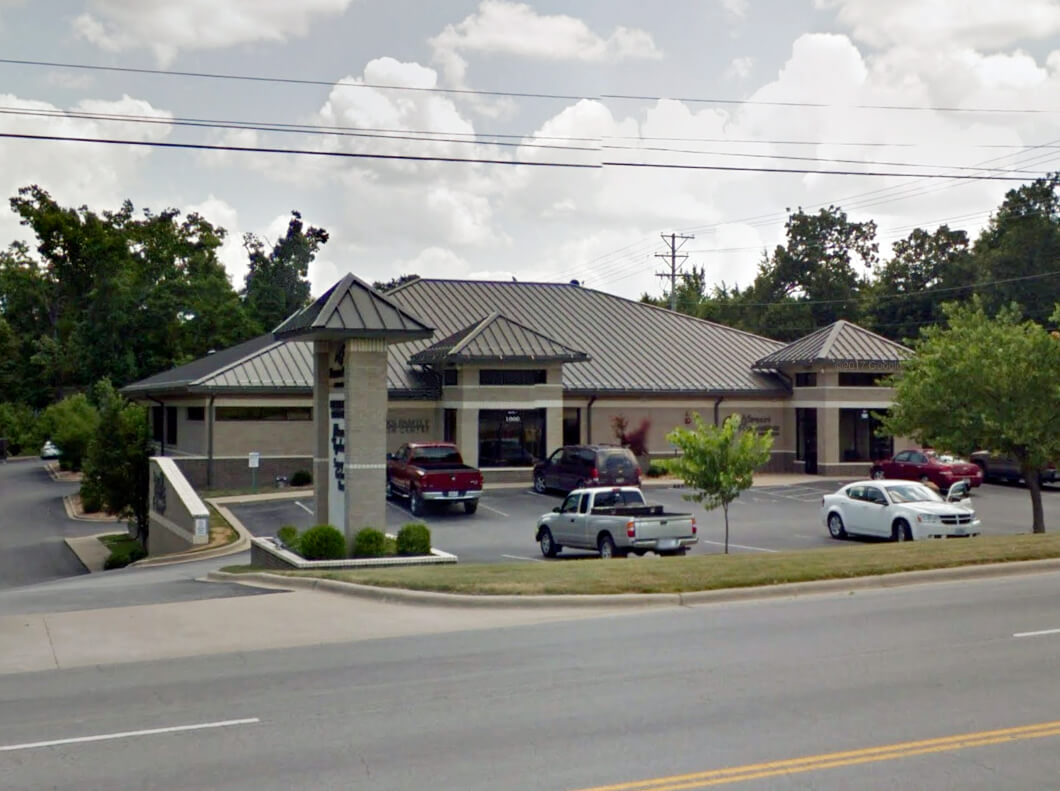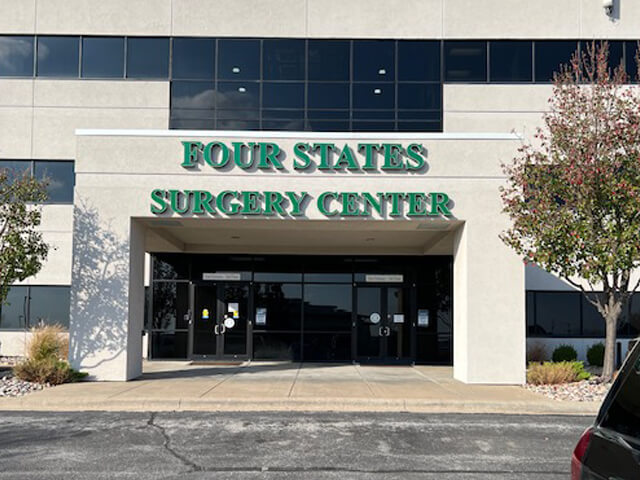How Does Health Insurance Work?
Health insurance is great, but you may not understand how it works. Here’s a convenient breakdown of how health insurance works to make it easier to use your plan at Missouri Eye Surgery & Laser Centers.

Types of Insurance Plans
Not everyone has the same kinds of health insurance plans, which can make it far more confusing to understand how yours works. There are four main kinds of insurance plans, including:
Exclusive Provider Organization (EPO)
An Exclusive Provider Organization (EPO) plan is a managed care plan. You only have services covered if you use doctors, specialists, or hospitals within your plan’s network unless it’s an emergency.
Health Maintenance Organization (HMO)
A Health Maintenance Organization (HMO) plan is a plan that will usually limit your coverage. You’ll typically only be able to see doctors who work for or are contracted with the HMO.
With this kind of plan, you are not covered by out-of-network care unless it’s an emergency. If you have an HMO, you may need to live or work in the HMO service area to be eligible for coverage. You’ll need to select a primary care physician to manage your care.
Preferred Provider Organization (PPO)
A Preferred Provider Organization (PPO) plan means you’ll pay less if you use providers within your network. You can use providers, hospitals, and doctors who are not in your network without a referral for an extra cost.
Point of Service (POS)
A Point of Service (POS) plan means you’ll pay less when you use the doctors, hospitals, or healthcare providers that belong to your plan’s network. If you have a Point of Service plan, you’ll need a referral from your primary care physician to see a specialist.
What are the Differences Between Deductibles, Copay, and, Coinsurance?
Although they seem similar, deductibles, copay, and coinsurance differ. These are forms of cost-sharing in health insurance.
A deductible is how much money you need to pay out of pocket before your insurance plan will start covering the costs. Your copay is a fixed dollar amount paid at the time of service for a covered medical expense.
Coinsurance is a percentage of the total cost of a covered medical expense you’re responsible for paying once you’ve met your deductible. These are different because you are not paying the same amount for each.
A deductible is a one-time annual payment, while your copay is a flat fee paid at each visit, and coinsurance is a percentage of the total cost of an expense that’s covered.
Medicare
For people 65 and older, Medicare is a national health insurance program available in the United States. It’s also available for those under 65 with certain disabilities or people of any age with End-Stage Renal Disease.
A combination of taxes and premiums funds Medicare. It’s designed to give access to affordable healthcare to those eligible. It provides coverage for medical services like hospitalization and physician appointments.
Part A helps cover inpatient care in hospitals, skilled nursing facility care, hospice care, and home health care. Part B helps cover services from doctors and other providers, outpatient care, home health care, durable medical equipment like wheelchairs, and preventative services like screenings and yearly wellness visits.
Medicare Advantage, also known as Part C, is an “all in one” alternative to Original Medicare. The bundled plan includes Part A, B, and usually D. It may have lower out-of-pocket costs than Original Medicare.
Most Medicare Advantage plans have extra benefits that Original Medicare won’t cover, like vision, hearing, and dental. Medicare Part D offers prescription drug coverage and may help lower medication costs and help protect against costs increasing in the future.
Medicare Supplement
Medicare supplements (Medigap) are insurance plans that help fill in the gaps that Original Medicare doesn’t cover. Private companies sell these plans and can help pay some remaining healthcare costs that Medicare doesn’t cover, like copayments, coinsurance, and deductibles.
Medicare Replacement
Medicare Advantage (Part C) is often called a Medicare replacement plan. Although it’s not a permanent replacement, it will stand in place of your Original Medicare benefits for 12 months.
Your Medicare Advantage plan serves as your primary coverage during this time and must offer the same benefits as Medicare Part A and B. However, many Medicare Advantage plans provide additional services, like prescription drug coverage, dental, vision, and free gym memberships, depending on the carrier and your plan.
Learn more about how health insurance works and how to use yours by requesting an appointment at Missouri Eye Surgery & Laser Centers in Springfield, MO.











